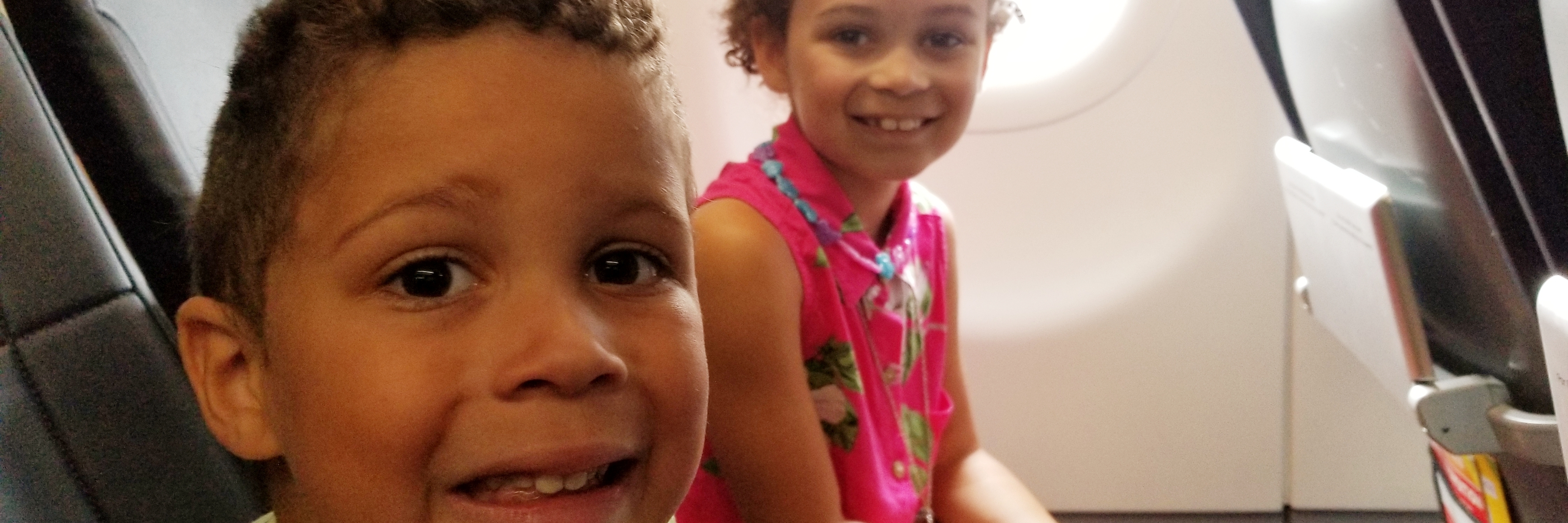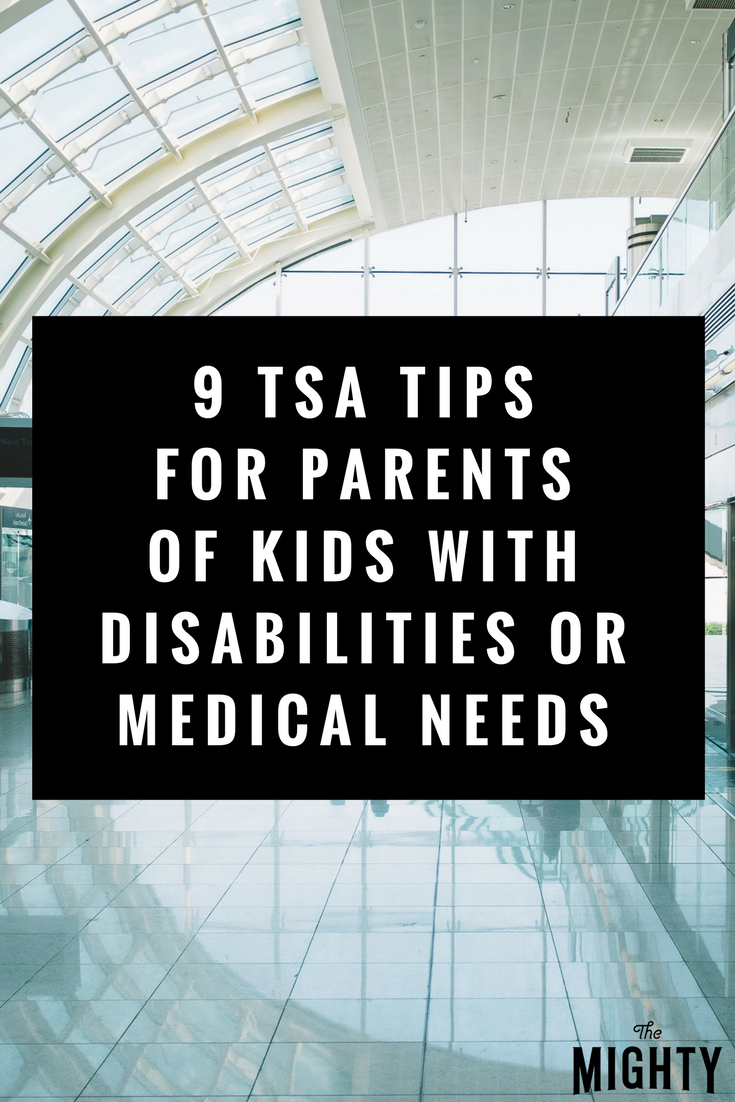My whole body breaks out in a sweat even though I’m in a frigid airport. My heart is beating so hard it’s making my ears hurt. Maya walks through first, followed by Christian, and finally me. Getting through the metal detector scanner is the easy part. Now we wait for our bags to be pulled.
Summertime is travel time for my family. However, traveling with two children who have disabilities is not an easy task. We usually travel by car to avoid the TSA. I can only imagine what they see from their professional eye: a bag full of liquids, containers of powder, milky substances, formulas, medications and machinery with tubes and buttons — all accompanied by an extremely nervous-looking woman.
Back at the checkpoint, our bags get pulled to the side as I stand trembling with our doctor-issued travel letters for each child. My speech is prepared and my mind is racing. What could appear to be a security threat is the lifeline for my children. Every single liquid is needed. Nothing can be dumped, quickly drank or discarded.
By the grace of God, I meet Stephanie. She is a TSA agent working in Myrtle Beach, South Carolina. Stephanie saw the fear in my eyes and heard the shakiness in my voice as she looked over my travel letters and walked me through each step of the process with ease.
In hopes of assisting others through this process, here’s what I learned from Stephanie:
1. Get a travel letter.
Both of my children have a travel letter from their doctor. This letter states they have Propionic Acidemia and will be traveling with medication. The letter states the names of all medications and says, “We request that you provide the family with assistance while traveling and allow them to carry Maya’s medically necessary formula and medication with them.” The letter also provides a phone number to contact with any questions regarding the patient’s needs.
2. An emergency protocol paper can help.
While an emergency protocol paper is not necessary for a TSA screening, I personally feel it helps them understand the severity of the situation. Since we never go anywhere without this letter, I add it to the travel letter for emphasis.
3. Medications are always allowed.
You are exempt from the 3.4 ounces rule. You’re allowed to bring medically necessary liquids, medications and creams that would normally be considered too large for a carry-on. They also do not have to be in a separate plastic zip-top bag. It is recommended that medications are clearly labeled. They will need to go through a visual or x-ray screening and possibly be tested for traces of explosives. Stephanie recommends informing the TSA officer about your medications before the screening begins.
4. Frozen is good.
Anything frozen cannot be explosive. Ice packs, freezer packs and gel packs can all be used to keep medicine cool. You can also bring frozen or partially frozen water bottles no matter what size they are.
5. Everyone stays together.
If your child has an intellectual or developmental disability, they can be screened without being separated from you. It is recommended you talk to the TSA officer about the screening ahead of time. You can even get a TSA notification card to help describe your child’s condition.
6. Mobility warning.
All walking aids, crutches, canes or mobility aids have to go through the x-ray screening. If they do not fit through the machine, the TSA officer will need to inspect them. TSA officers will screen wheelchairs and scooters. Stephanie says to let the officer know if you need your device back immediately. If your child can stand with his or her arms above their head for five to seven seconds without support, then they will use the advanced imaging technology. If they cannot stand let the TSA officer know and they will use the pat-down method.
7. Service animals stay together, too.
Your child and his or her service animal will be screened together by a walk-through metal detector. Even if the animal sets off the alarm, the TSA officer will not separate your child from their animal. Service collars, harnesses, leashes and vests may need additional screening, but do not have to be removed to be screened.
8. Give yourself extra time.
Most people follow the two-hour rule to get through security and to their gate on time. When traveling with medical equipment, make sure you give yourself extra time. You do not want to rush the TSA officer and you don’t need the additional stress of worrying if you’ll make your flight.
9. Go for TSA PreCheck.
Stephanie highly recommended TSA PreCheck. If you’re approved, you do not need to take off your shoes, belt or jacket. You still go through a screening checkpoint and might have your hands swabbed, but the wait time is usually under five minutes. The TSA PreCheck approval starts with an online application.
Traveling with children is difficult. Traveling with children who have disabilities adds an additional layer of difficulty. Thank you, Stephanie, for alleviating some of our stress!
We want to hear your story. Become a Mighty contributor here.


